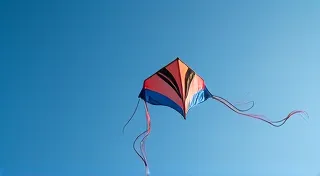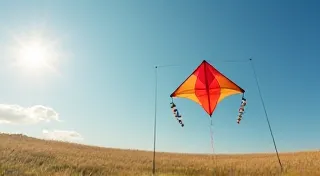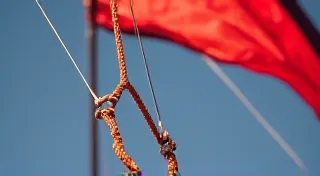Advanced Kite Design: Incorporating Airfoils for Improved Flight
You're comfortable building basic kites. You understand bridle adjustment and appreciate the thrill of a well-flown diamond or delta. But are you ready to push your kite building skills to a whole new level? This article dives into the fascinating world of airfoil design and how you can apply these principles to create custom kites that soar with increased lift, stability, and overall performance.
Understanding Airfoils and Their Impact
An airfoil is, simply put, the cross-sectional shape of a surface that generates lift when air flows over it. Think of an airplane wing – it’s a classic example of an airfoil. Kites, traditionally, rely more on tension and angle of attack to generate lift. However, incorporating airfoil principles into your kite designs can dramatically improve their behavior in the air, especially in a wider range of wind conditions. Think reduced stalling, smoother flight, and increased efficiency.
The basic principle is that the curved upper surface of an airfoil causes air to travel a longer distance than the air flowing under the flatter lower surface. This difference in distance results in a difference in air velocity, according to Bernoulli's principle. The faster-moving air above the surface exerts less pressure than the slower-moving air below, creating an upward force – lift.
For kites, we're not aiming for complete, full-scale airfoil design. Instead, we want to introduce subtle curves and shapes to the surfaces of our kites. This can be achieved with a variety of techniques, from carefully shaped spars to strategically placed fabric curves. The amount of curvature you introduce will depend on the desired effect and the type of kite you're building.
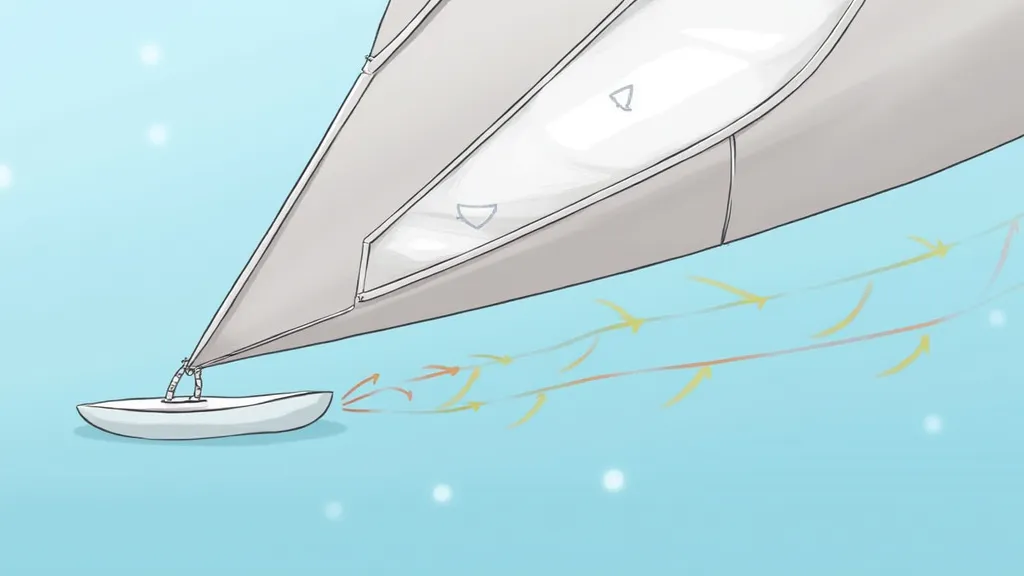
Practical Applications in Kite Design
Let's explore some practical ways to integrate airfoil principles into your kite building projects:
1. Spar Shape and Curvature
The shape of your spars (the sticks that provide structure to your kite) plays a crucial role. Instead of straight, uniform spars, consider subtly curving them. The leading edge spar (the front edge of the kite) can be slightly more curved than the trailing edge. This helps create a gentle airfoil shape in the sail. Flexing the spars correctly during covering can help achieve the right shape.
2. Sail Shaping Techniques
Even without dramatically curved spars, you can shape the sail itself. There are several techniques:
- Bending: Carefully bending the fabric during construction can create subtle curves. This is especially effective when working with heat-shrinkable materials.
- Stretching: Selective stretching of the fabric during covering can create a more pronounced curve on the upper surface.
- Adding Reinforcements: Small, strategically placed reinforcements (like strips of fabric or lightweight ribs) can maintain the desired shape.
3. Tail Design Impact
While not directly an airfoil technique, manipulating tail length and shape can greatly impact a kites performance while using airfoil techiques. A longer tail increases drag which can help maintain stability, especially for kites with more pronounced airfoils.
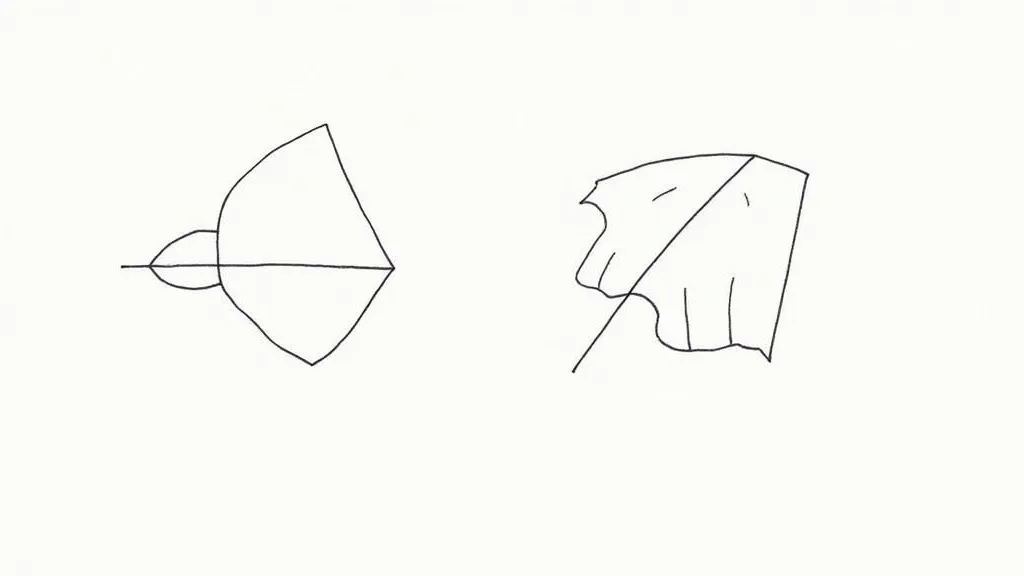
Experimentation is Key
Incorporating airfoil principles into kite design is more of an art than a science. There's no single "right" answer. The optimal shape will depend on the kite's size, intended use, and your personal preferences.
Start with small adjustments and carefully observe the kite’s behavior in flight. Note how changes to the airfoil affect lift, stability, and responsiveness. Don’t be afraid to experiment and iterate on your designs. Keep a notebook to record your observations and learnings.
Considerations & Common Pitfalls
- Stalling: Too much curvature can actually lead to stalling, where the airflow separates from the surface, drastically reducing lift.
- Increased Drag: While airfoils generally improve performance, poorly designed airfoils can increase drag.
- Material Choice: The material you use will influence how easily you can shape the kite.

Conclusion
Taking the time to learn about airfoil design opens up a world of possibilities for your kite building endeavors. By understanding the principles and applying them creatively, you can build kites that not only look unique but also perform exceptionally well. So, go ahead, challenge yourself, and experience the thrill of flying kites engineered with advanced design techniques!
